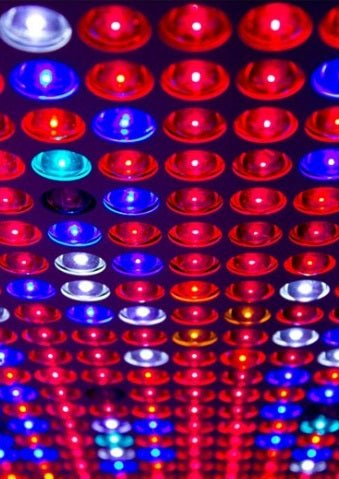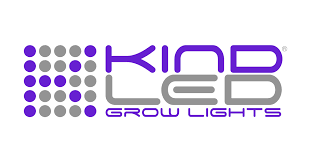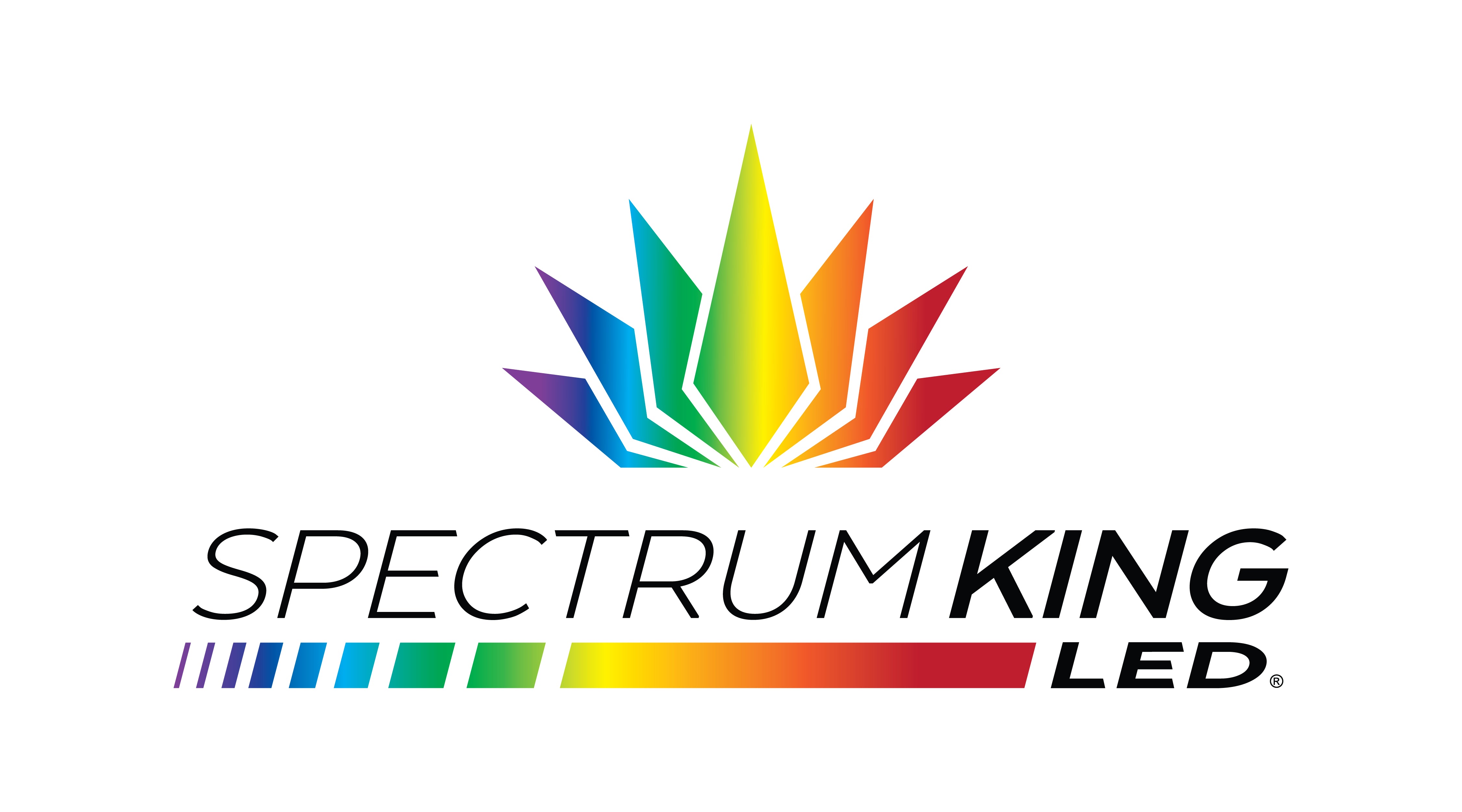
How does my plant work?
How does my plant work?
Photosynthesis in plants
We have been working on agriculture for a few thousand years and humanity has become wiser in that area. Since the last few centuries we have really made a lot of progress, do you want to know what we found out? Then read on!
The formulas
Already in the 17th century there are scientists in the understanding of photosynthesis in the plant, but the basic formula was only known in the 18th century.
This formula is:
Water + carbon dioxide + sunlight -> oxygen + glucose
Photosynthesis is a process used by the plant to convert carbon dioxide into carbohydrates, such as glucose. This glucose uses the plant for energy by burning it. Because of this combustion, carbon dioxide is released and oxygen is also used in addition to glucose. The process looks like this:
Glucose + oxygen -> water + carbon dioxide + energy
The combustion and photosynthesis at the same time
A plant in daylight or under one LED breeding lamp Is busy with the combustion of glucose but also with photosynthesis. A gas exchange of oxygen and carbon dioxide takes place from 2 sides. At night or when the LED breeding lamp Out is the plant is only busy with combustion and uses oxygen and releases carbon dioxide.
Plants use more carbon dioxide during photosynthesis than they produce during combustion. At the same time, they make more oxygen than they use during combustion. For this reason, plants and trees are the lungs of the earth.

The energy that is made can be stored in the plant, for example in the fruits. This energy is released again as soon as the plant is eaten. Photosynthesis is therefore very important for the nutritional value and taste of a plant. In the initial phase of the plant, photosynthesis is essential for the growth and forms of branches.
The art of growing
The art of growing is to get the plant in the right cycle from photosynthesis to combustion. You can encourage this by using the right light. A lot of research has been done into this in the meantime. In the meantime we know which colors of plants use for photosynthesis. These are mainly the blue and red colors in the spectrum. These colors are located in the photosynthetic active radiation (par).
LED grow lights can properly imitate these colors of the par area so that certain processes can be influenced in a plant. This includes photosynthesis but also other processes such as photomorphogenesis, chlorophyll synthesis.
Photo orphogenesis:
This process leads to the final shape, color and bloom of the plant. This is to a large extent genetically recorded, but is driven by light.
Chlorophyll synthesis:
In chlorophyll synthesis (leaf green synthesis), chlorophyll (leaf green) is produced, the green pigment in leaves and stems. The sunlight is collected and processed in the chloroplasts (leaf green granules). Essential for photosynthesis!
Photoperiodism:
For many plants, the day length (light period) is an information source that determines the moment to form or start to bloom. The behavior and development of the plants are therefore influenced by the light period.
Blue
Blue is important for the formation of chlorophyll, the development of chloroplasts, stomach opening, the production of enzyMen and the 24-hour cycle of photosynthesis and photomorphogenesis. Too much blue light affects the cell stretching of the plant, making the stems shorter and leaves thicker. Conversely, this also works but it is best to experiment with this.
Red
Red is the most efficient for photosynthesis and contributes to the production of chlorophyll and is important for photoperiodism and photomorphogenesis. Removing red light Can ensure that the plant starts to form fewer side shoots, which means that the plant will grow fewer branches (so also less leaves!) And therefore, in particular instead of wider. Red light, however, reduces the formation of fluff.

Near -infrared
This radiation with wavelength of 700 - 3,000nm is little used by plants; This light is converted to heat. This can have a positive effect on the plant, but this differs per species.
Ramp
This light is located within the wavelength 700-800NM and is good for the photomorphogenesis, stem tendency and the photo of the plant.
Far infrared radiation
This light exists within the wavelengths 3,000 - 100,000 Nm and is mainly heat radiation as it is broadcast by each warm object. This radiation is important for the greenhouse effect inside greenhouses.
For more information about the scientific side of photosynthesis, view the Wiki page.
LED breeding lamp spectrums
It is of course very difficult to combine all those types of light well, but luckily these colors are made by manufacturers LED grow lights processed in each their own spectrum. Every manufacturer has also done its own research and tries to adjust its spectrum on the needs of the end user. We at the Ledwarenhuis regularly get feedback back from our customers about the Spectrum, among others. Based on that, we selected these 4 brands:




- If you choose a selection, the page will be completely renewed.
!























